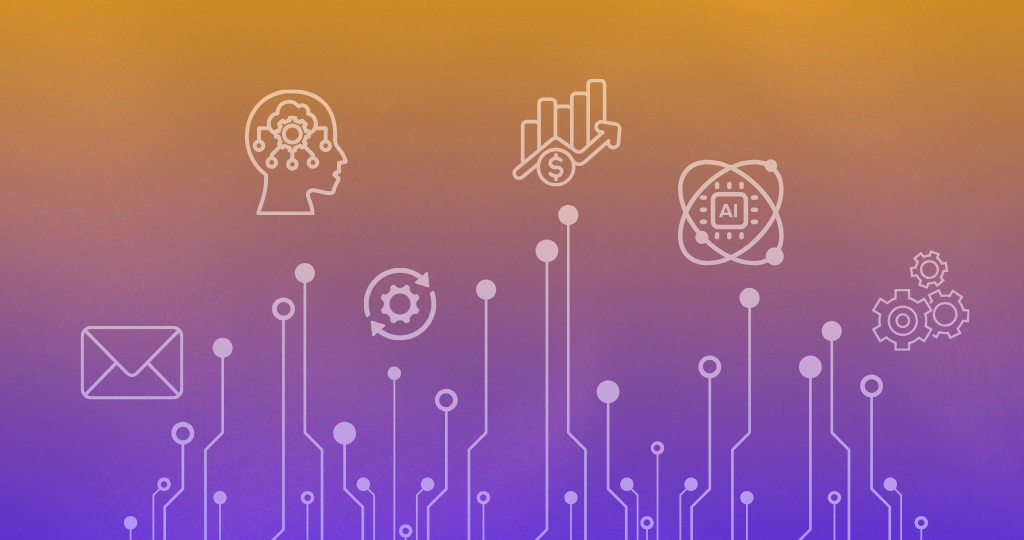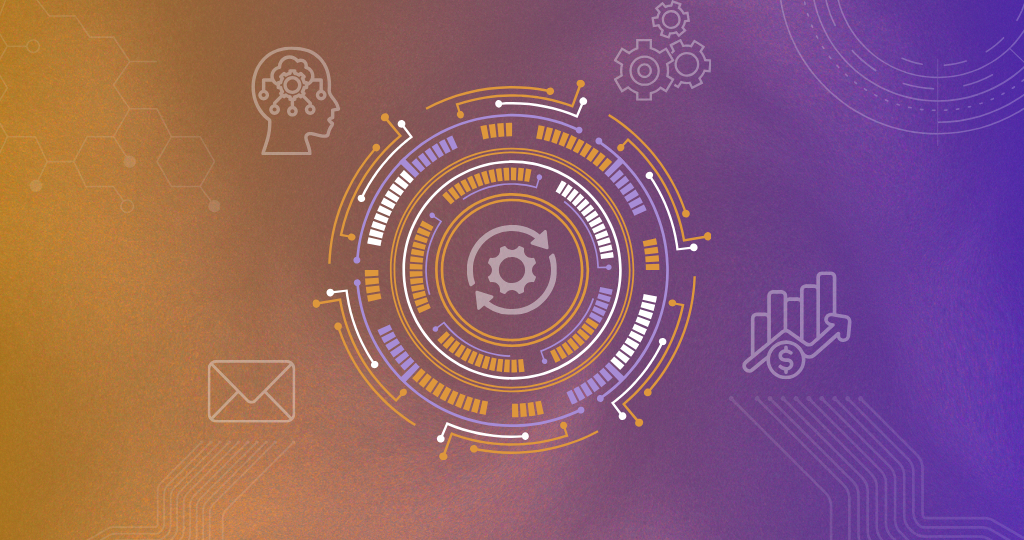Lifecycle Stages in HubSpot
Lifecycle has become a common term in the marketing world, used to describe a contact's journey from the initial engagement to purchase. Lifecycle stages are usually used to track how contacts or companies move forward in your process. They help you categorise your contacts and companies based on their position in your marketing and sales processes.
To effectively and efficiently segment your contacts, leads, and customers, it's important to clearly understand the difference between each stage and, more imperative, know exactly what leads to a move from one stage to another. If you use HubSpot as your marketing automation system or Customer Relationships Management (CRM) system, the lifecycle stage is central to it, built into its functions and reports. Here is everything you need to know about HubSpot lifecycle stages.
HubSpot Lifecycle
Here you're going to learn how HubSpot defines its lifecycle stages. Also, we will diverge into the best practices for using HubSpot's lifecycle stages. To simplify the way you utilise lifecycle stages, we've divided them into three main categories: visitors, leads, and customers.
- Visitor
- Subscriber: These are contacts who know your business and want to know more about it. They are visitors who have signed up for your blog or newsletter. This is automatically set up by HubSpot when a contact converts into a blog subscription form. It is created via a conversation or manually on the contacts index pages.
- Leads
- Lead: These are contacts or companies that have clearly shown sales-readiness more than just a subscriber. For instance, think of a contact that has signed up for a content offer from your business. This is also automatically set by HubSpot when a contact converts into a lead form or is synched to HubSpot from Salesforce.
- Marketing Qualified Lead (MQL): These are contacts who have engaged with the marketing team's efforts, but they are still not ready to receive a sales call. For instance, you may have an MQL contact filling a certain form in your business's marketing campaign.
- Sales Qualified Lead (SQL): These are the contacts whose actions have clearly indicated that they are already set for a direct sales follow-up. For instance, it can be a SQL contact that submits a query about your product or service through a contact form.
- Opportunity: These are contacts with actual sales potential. If contact and company lifecycle stages are synchronised, any contact at an account associated with an open deal will also become an opportunity.
- Customers
- Customer: This is contact with at least one closed-won deal.
- Evangelist: These are customers that recommend your business to other people and whose networks can positively be leveraged for further leads and sales. They have developed a relationship with your products or services, and therefore, they are actively championing your products and services.
- Other: This is a wildcard stage that can be utilised when specific contacts do not fit any of the above stages.
Why use HubSpot Lifecycle stages?
- HubSpot lifecycle stages allow everyone on your team to identify where a specific contact is in your sales or marketing process. You don't have to waste a lot of time trying to map a customer using other complicated methods. The HubSpot lifecycle stages help you to determine exactly where a specific contact is.
- It helps your team better understand when to make the handoff between marketing and sales. If you make the wrong sales move on a lead, they will not purchase your products or services. A lead requires proper nurturing before you take the next step of converting them. Therefore, the HubSpot lifecycle helps you to clearly determine when to move from marketing to sales with your contacts.
- It helps to optimise your processes as well as your particular use of HubSpot's software. Lifecycle stages are a central function of HubSpot, and failing to utilise them properly can lead to gaps and fixes later. With a proper understanding of the lifecycle stages, you're in the position to handle every prospect properly and finally convert them at the right point.
- It can be used to collect key data insight for sales process improvement. HubSpot lifecycle stages can give you critical information and data about your business and customers that you haven't tapped before. This can help your marketing team to improve their marketing techniques and skills.
- It helps you to understand your sales cycle. A sales cycle is the repeatable and tactical process that your salespeople follow in order to turn a lead into a customer. With a clear understanding of your sales cycle, you always know your next move and where each lead is within the cycle.
- Identifies shortcomings. With the data collected from the lifecycle stages, you can determine areas where your marketing and sales team is underperforming. You can then work hard to streamline those areas for better results.
- Informs future business decision making. You can repeat your success or determine how to improve in the future.
- It helps you to target your contacts at the right time and with personalised messages. Customers are usually different and therefore require personalised marketing. Lifecycle stages will help you to segment your customers and target them with the right messages.
Best Practices for Using HubSpot's Lifecycle Stages
Here are the best practices for using HubSpot's lifecycle stages:
- You should clearly map out the HubSpot stages and state what each stage implies for your company or business. For instance, how does a lead differ from an SQL? Which specific actions or behaviours imply that a lead is more advanced along the buyer's journey?
- You need to create workflows and assign them to lifecycle stages as per your contact's demographics or behaviours.
- You need to be mindful of the lifecycle stage you assign to the contact imports. It is possible to have varying types of lifecycle stages in one spreadsheet. For instance, if you meet 60 people at a trade show, are all the 60 contacts within the same consideration stage of the buyer's journey? This may not necessarily be the case.
- You can also leverage the hidden form field feature. This essentially implies if someone fills out a key form on your site, such as a demo form, you may automatically assign a stage to that lead. Workflows may not be required.
Why Work with DigiKat Marketing?
Digital Marketing is not some side hustle for us. It's what we do 24/7. As your local specialist for business growth in Tamworth, Newcastle, and on the Gold Coast, we have experience in everything growth driven. Ultimately, we can work together to provide you with growth solutions for your business that are second to none. Contact us to learn more and get started.
From the blog


